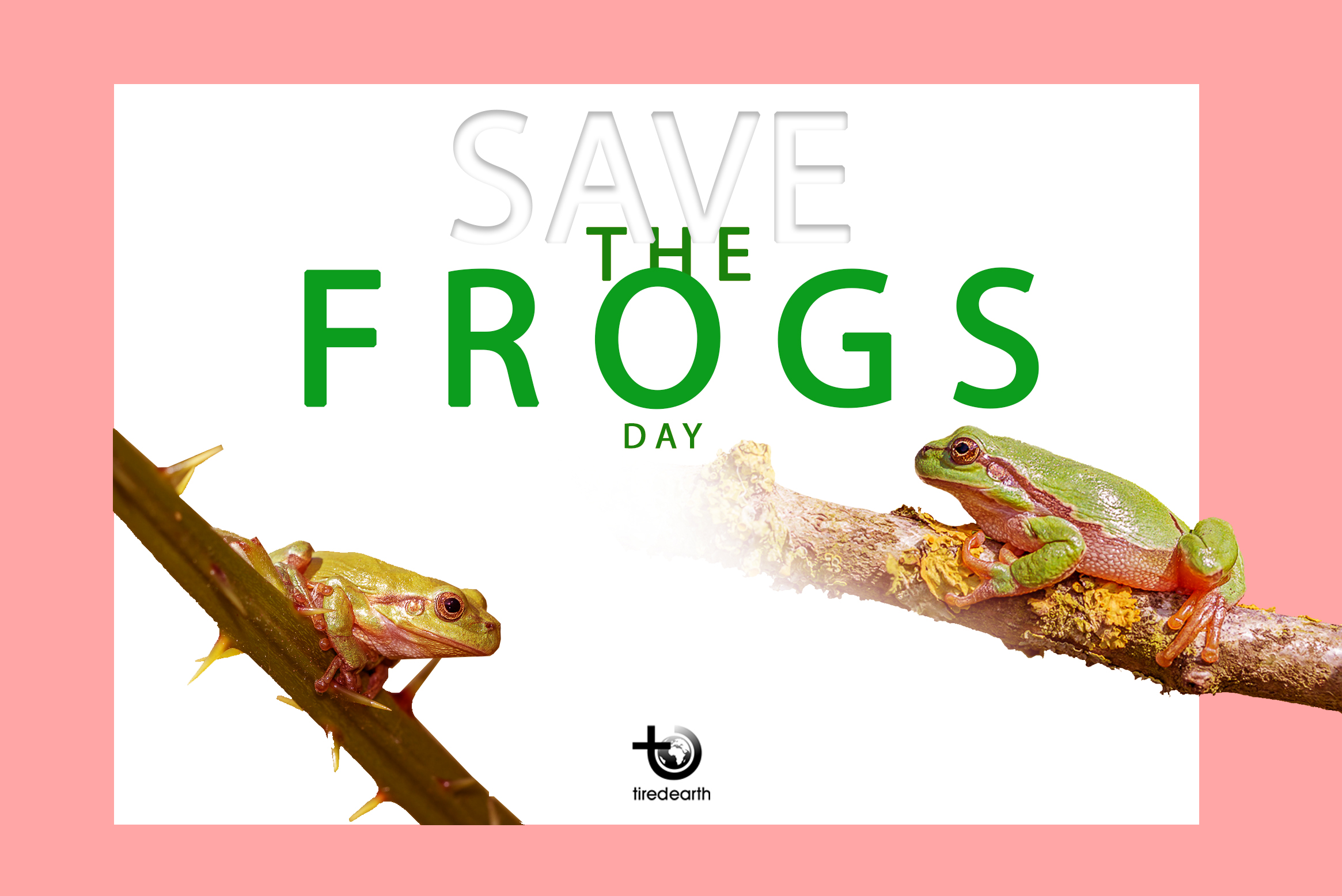Selective Breeding history
Selective breeding is evolution by human selection. The person who advised these terms called Charles Darwin. He described the process of choosing the organisms with the most desired traits and mating them with the intention of combining and propagating these traits through their offspring.
The earliest evidence of artificial selection of plants dates back to 7800 BCE in archaeological sites found in southwest Asia, where scientists have found domestic varieties of wheat. Selective breeding was invented independently in several different parts of the world, but its first appearance was in the Fertile Crescent, an alluvial plain between the Tigris and Euphrates Rivers.
Ten thousand years ago, hunter-gatherers in a western part of the Crescent known as the Levantine Corridor began to cultivate three cereal crops: einkorn wheat, emmer wheat, and barley. Each was descended from a different wild species. A thousand years later, hunters in the eastern region of Zagros began to herd goats. Within 500 years after that, cereal cultivation and goat herding had spread to the center of the Crescent and combined with sheep and pig herding to form a diverse agricultural economy.
Another selective breeding crop is well known in modern times as “sweet potato”. A recent study found that sweet potatoes were bred some 8,000 years ago out of the swollen parts of regular potato roots. In other words, they didn’t exist until humans tinkered with them.
Unconscious and conscious steps
The important thing we should consider in selective breeding is the separation between unconscious and conscious breeding. Unconscious selection, more common in ancient times, resulted in grains and seeds such as wheat, barley, oats, peas, and beans, and in animal traits such as speed and intelligence.
Methodical or conscious selection is oriented toward a predetermined standard, whereas unconscious selection is the result of biases in the preservation of valuable individuals. Methodical selection requires great care in discriminating among organisms and is capable of rapid change in specific traits, such as milk production or silk color.
As Isobel Yeung reports for Vice: “Essentially, farmers have been modifying crops for thousands and thousands of years — we’ve been cross-breeding our best possible, most productive hybrids to create the best crops,” she said on Vice Debrief: Savior Seeds. “Theoretically [GMOs are] just the next level of agricultural advancement. What’s different is a new gene is being inserted into a crop which otherwise wouldn’t be there.”














Comment
Reply